
Get news, updates, & event Info delivered right to your inbox:
Koalas are an iconic species native only to the land down under, making them as quintessentially Australian as kangaroos and emus. Unfortunately, they face several threats in a warming world: they are considered vulnerable by the IUCN, and endangered by the Australian government.
Wild koalas are an indicator species, showing the health (or lack thereof) of the ecosystems upon which they depend — and clearly, the pressure is on. One Tree Planted is actively working to restore their habitats through reforestation in Australia.
In the spirit of some serious Koala appreciation, we’ve compiled a list of 11 facts that highlight why we love this wildlife species.
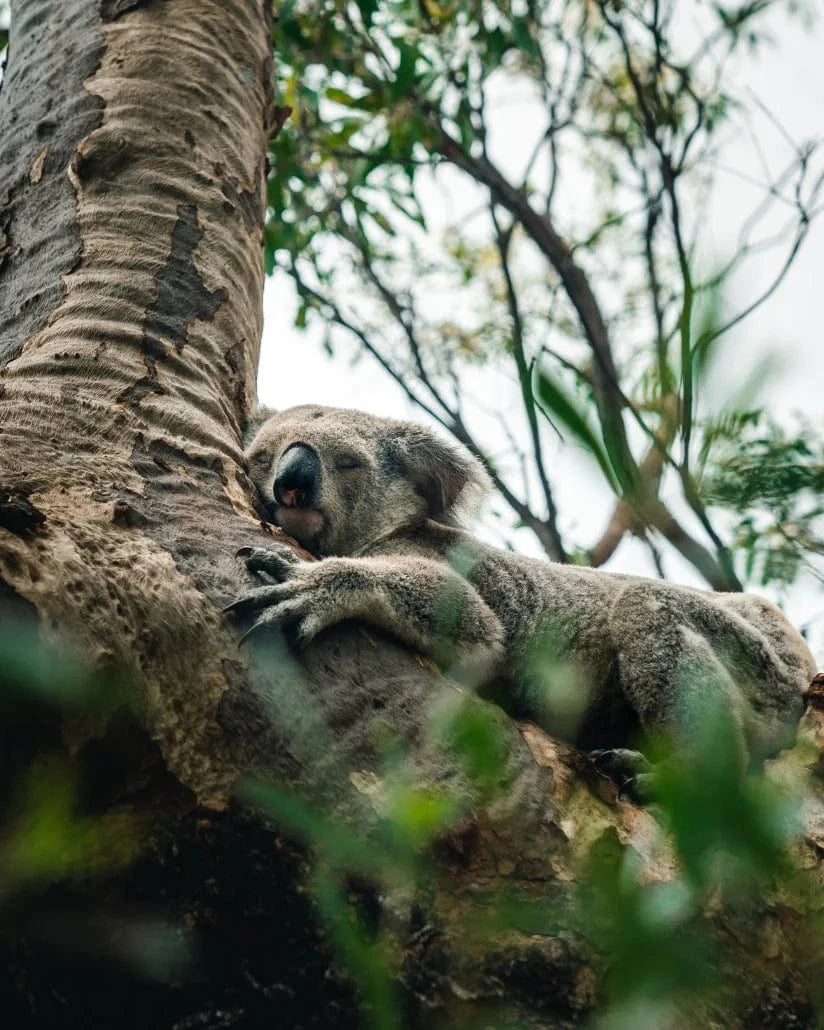
11 Koala Facts You Should Know
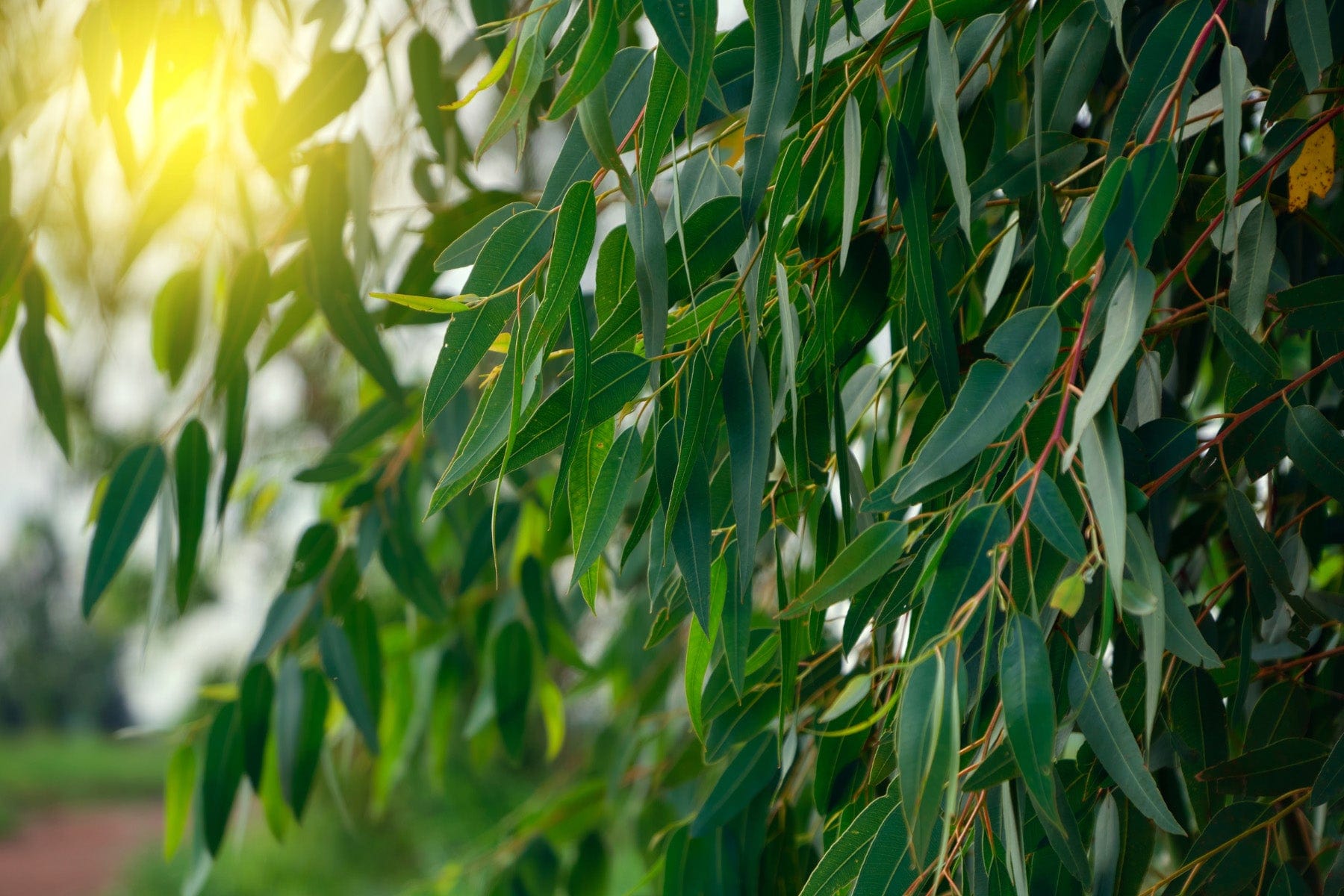
1. They have their own holiday
Observed every year on May 3rd, Wild Koala Day was established by concerned koala conservationists across Australia to celebrate the species and protect their habitats. Anyone is welcome to celebrate, and is encouraged to pin a gum leaf to their shirt, change their profile photo to a koala, and share a koala photo on social media, tagged #wildkoaladay.
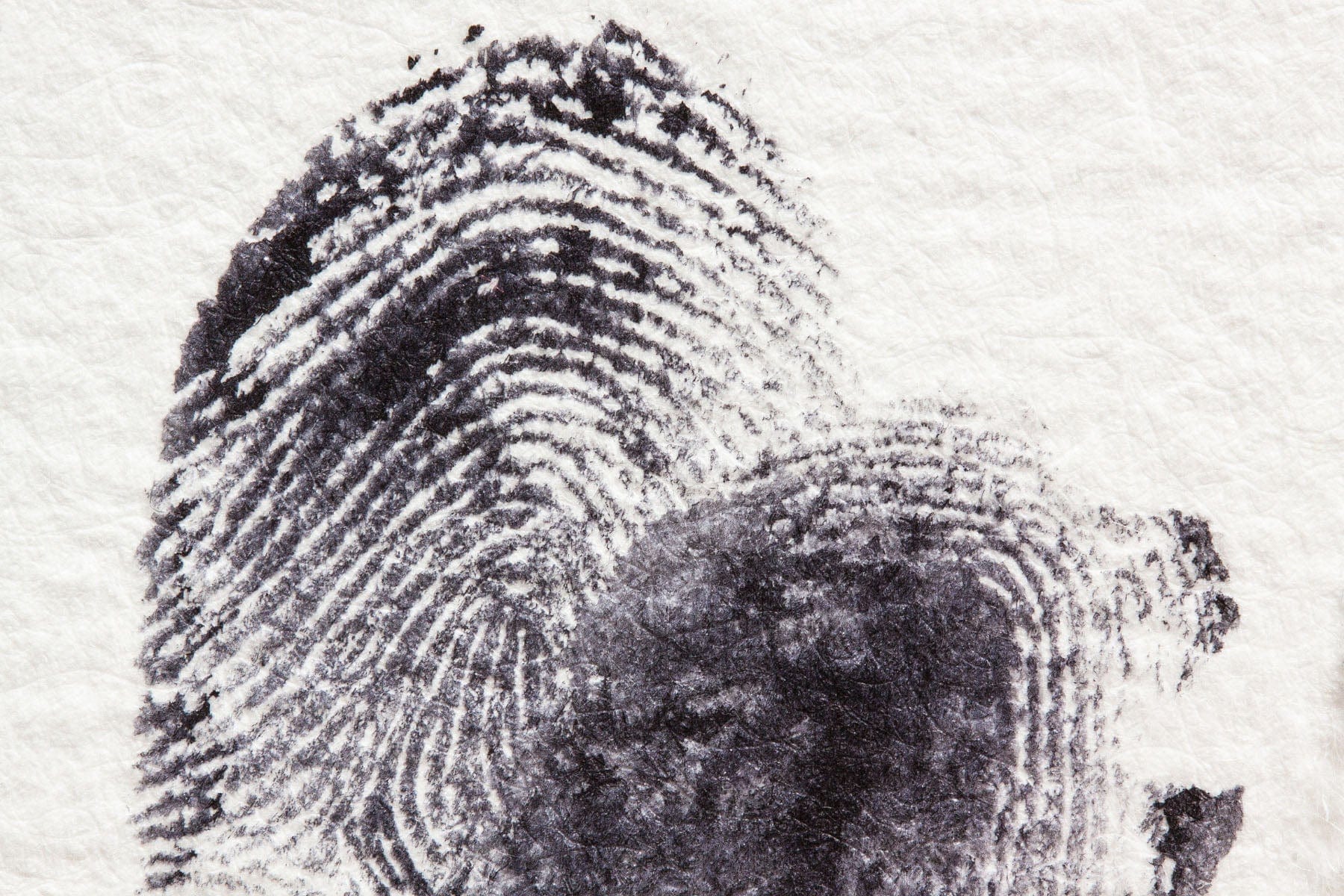
2. Koalas Have Fingerprints
In fact, they’re the only animals other than primates that have them — and just like us, each one is an individual. Scientists have hypothesized that they evolved fingerprints to help them navigate tree branches, while also harvesting the leaves that make up their diet (a specific age of eucalyptus).
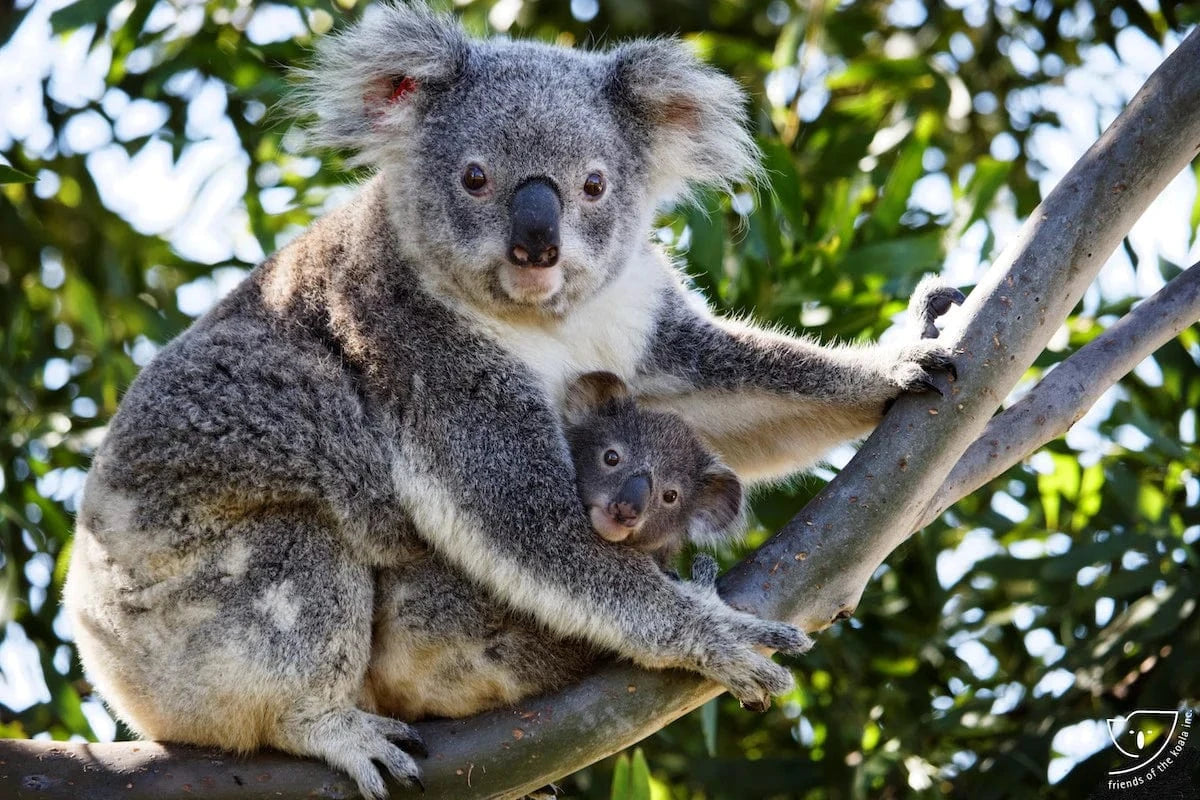
3. Koalas Don’t Have To Drink (Much) Water
Their name comes from the Dharug Aboriginal word and means “no drink." And in fact, Koalas don’t need to drink very much water because most of their hydration needs are satisfied by their dietary staple, eucalyptus leaves. They can and do drink from creeks and water holes if necessary, but if you see a koala drinking, it’s probably in distress.
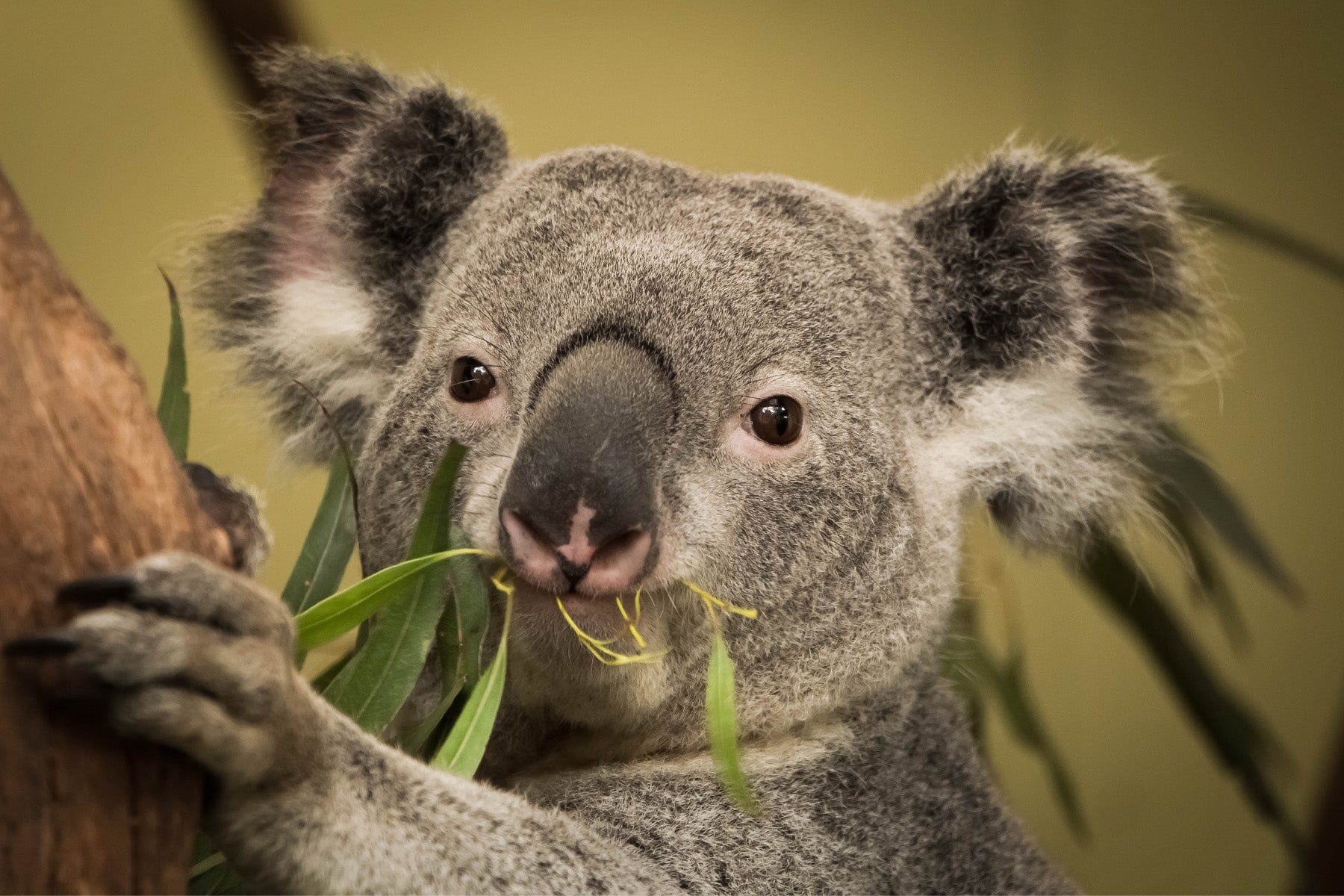
4. Koalas Smell Like Eucalyptus
While mature males tend to have a stronger, muskier odor, females and juvenile males give off a slight eucalyptus smell — which doubles as a natural insect repellent! The person that coined "you are what you eat" must have been thinking of Koalas!
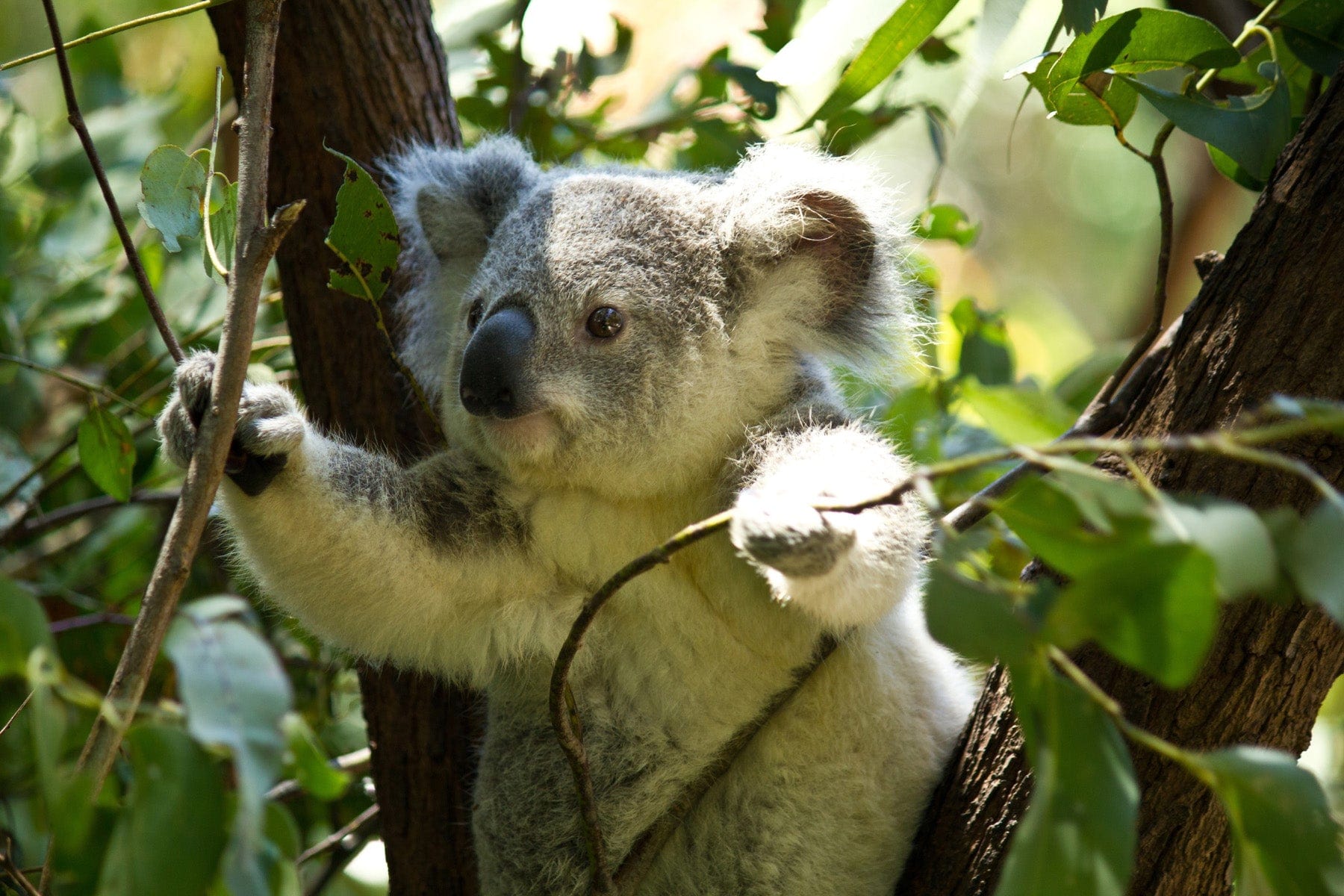
5. Koalas Are Picky Eaters
Although there are over 700 species of eucalyptus trees, koalas tend to only eat from 50. In fact, individual koalas usually have 1-3 specific eucalyptus species that they will seek out, reserving others for the occasional snack or resting spot. And even then, they will climb to the very top of the tallest trees to get the best leaves, which contain more liquid and nutrients.
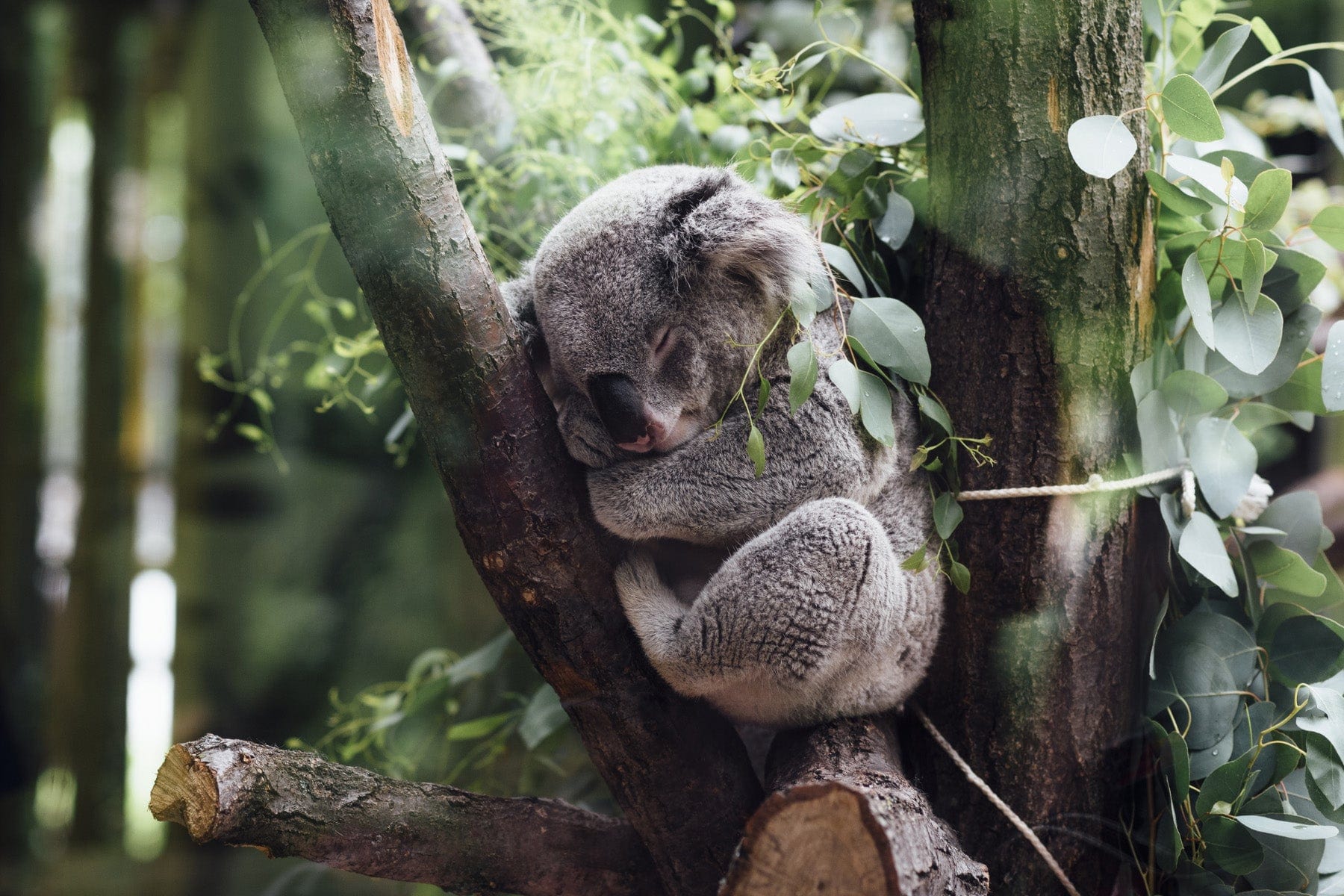
6. Koalas Have To Eat A LOT
Their main source of food, eucalyptus, is toxic, fibrous, and not very nutritious. And while they have an unusually long caecum to help them digest and break down fiber, they’re only able to absorb about 25% of what they consume — which is why they have to eat so much. In fact, an adult Koala eats up to 1 kilogram of leaves…. every day! Think about how you feel after eating a heavy meal, and you’ll understand why they sleep 18-20 hours a day!
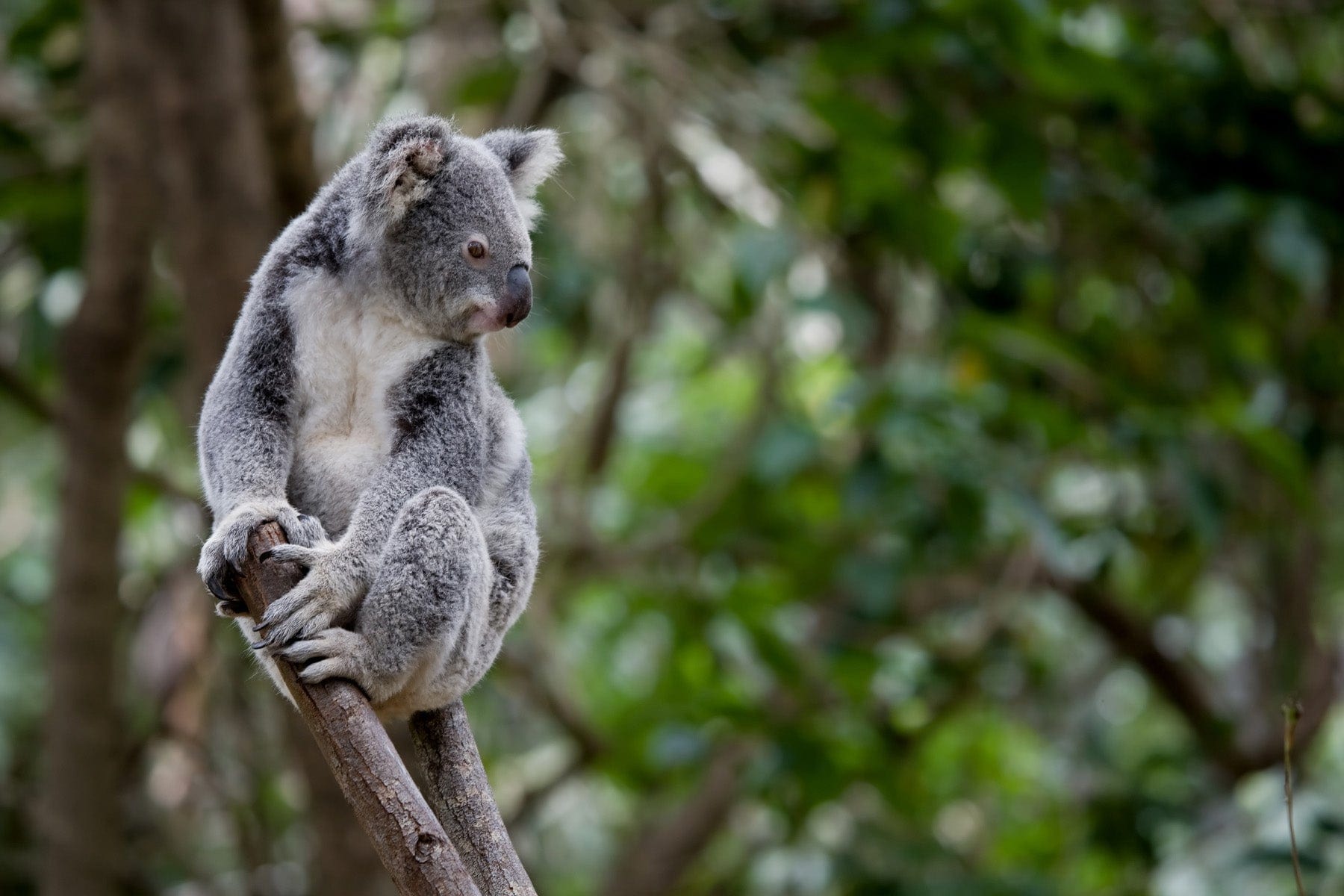
7. Koalas Have Some Extra Padding
As you might imagine, spending all that time in trees would make for a pretty sore tush. Fortunately, they have strong cartilage at the end of their curved spine, which allows them to live comfortably in their arboreal homes.
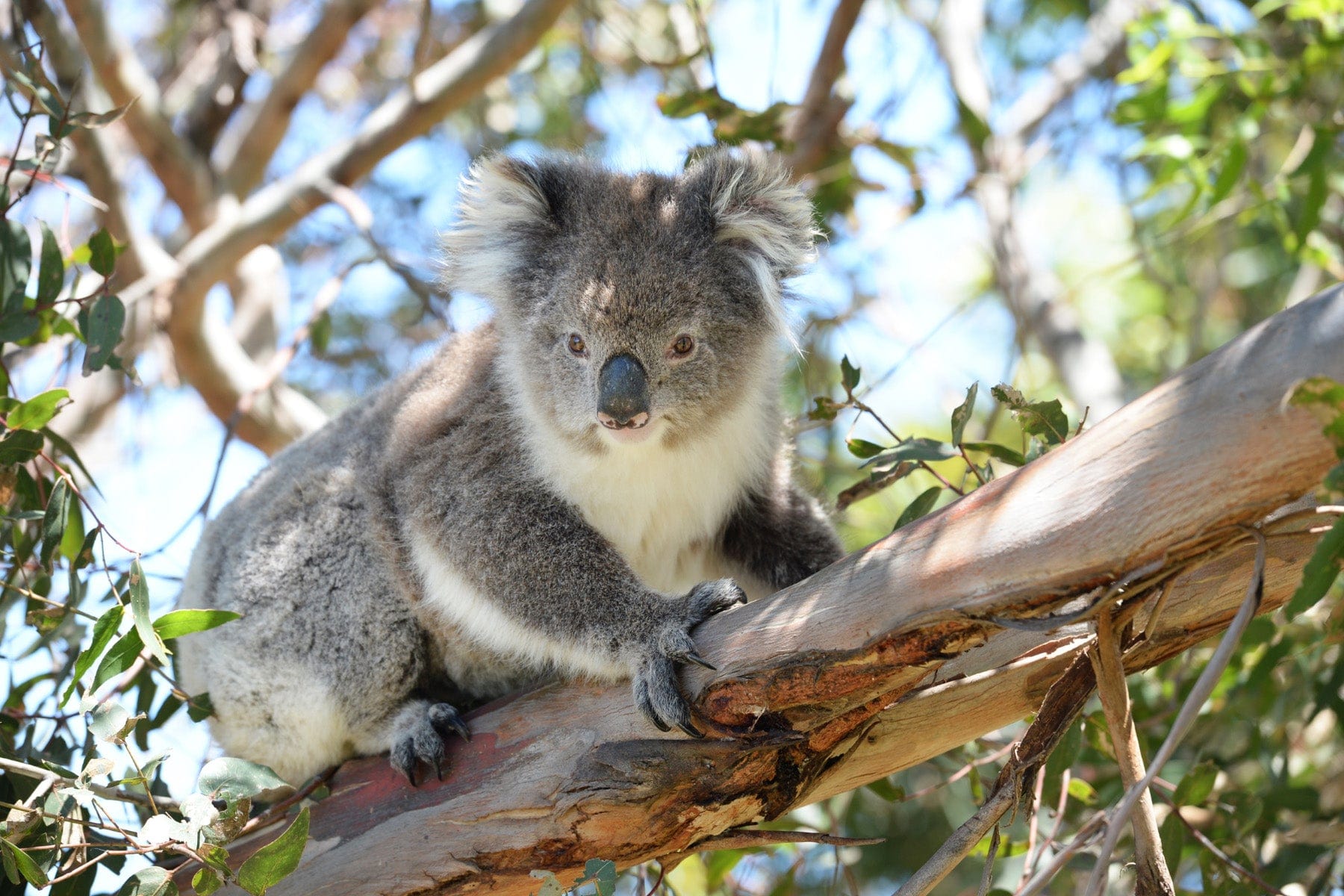
8. Koalas Are Loners
As solitary creatures, koalas stick to their home ranges and generally respect each other's boundaries. Dominant males are highly territorial, and will defend their range against other males. Typically, several females live within the range of a single male.
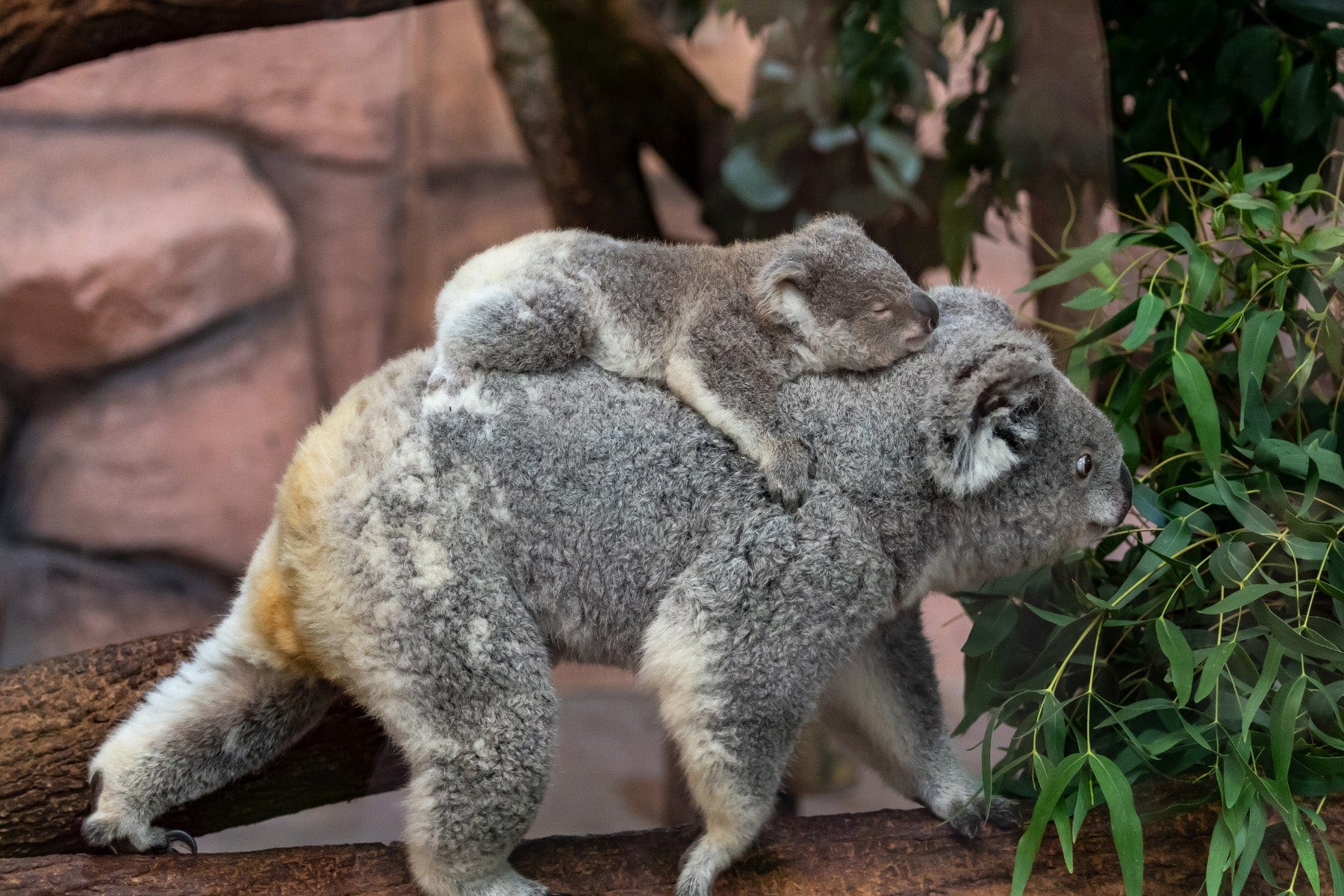
9. Joeys Are Born Prematurely
As marsupials, baby koalas (joeys) are born very premature and continue to develop in their mother’s pouch. These deaf, blind, and furless babies rely on their well-developed senses of smell and touch, and an inborn sense of direction to feel their way to safety. They spend about 6 months in the pouch, and then another 6 months or so riding on her abdomen or back — and they stay with their mothers until another joey is born, typically 1-3 years.
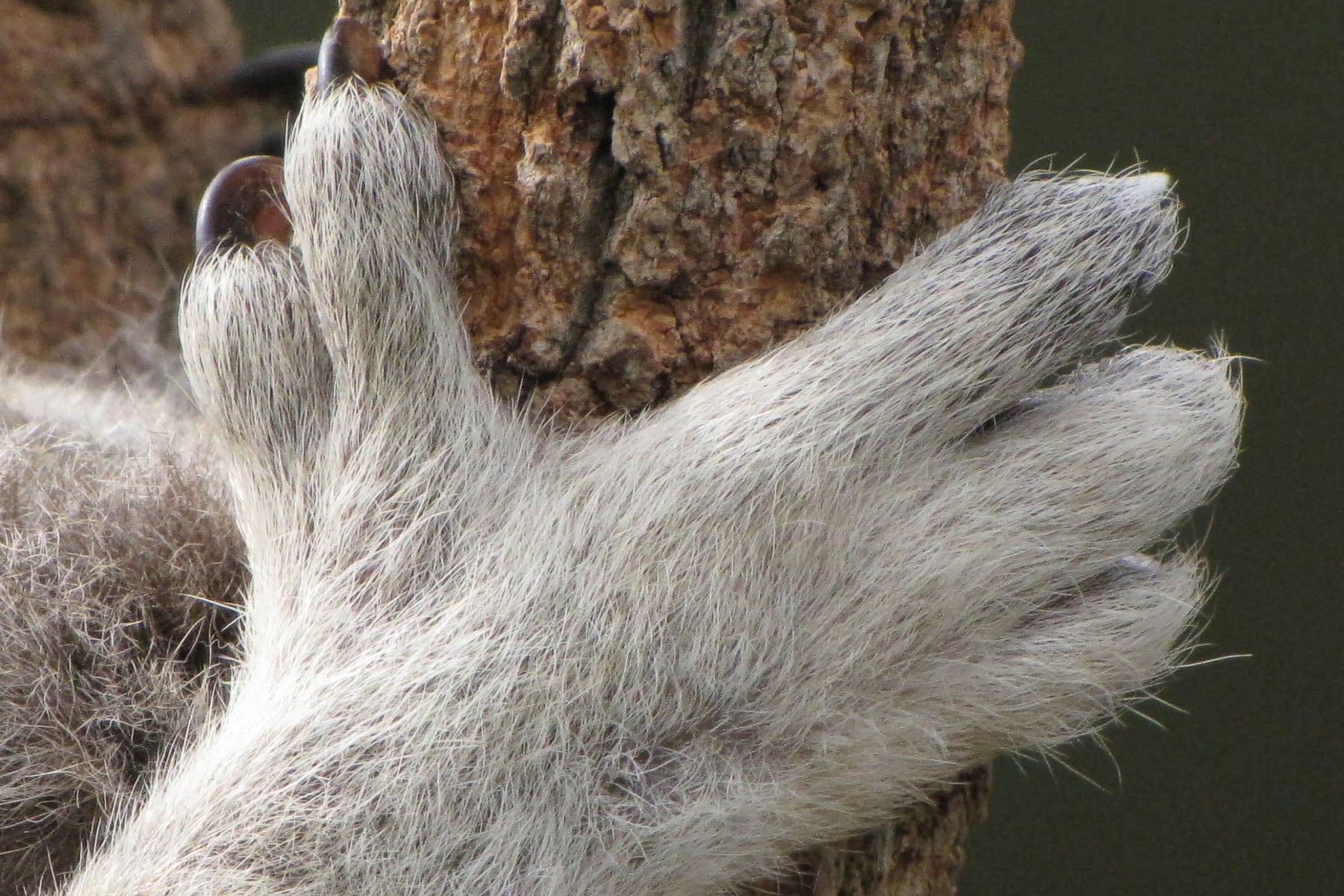
10. Koalas Have Strong, Well-Developed Paws To Climb Trees And Grip Their Food
Each front paw has 5 digits, two of which are opposed (similar to our thumbs) and able to move separately from the others. On their hind paws, the 2nd and 3rd digits are fused together for grooming.
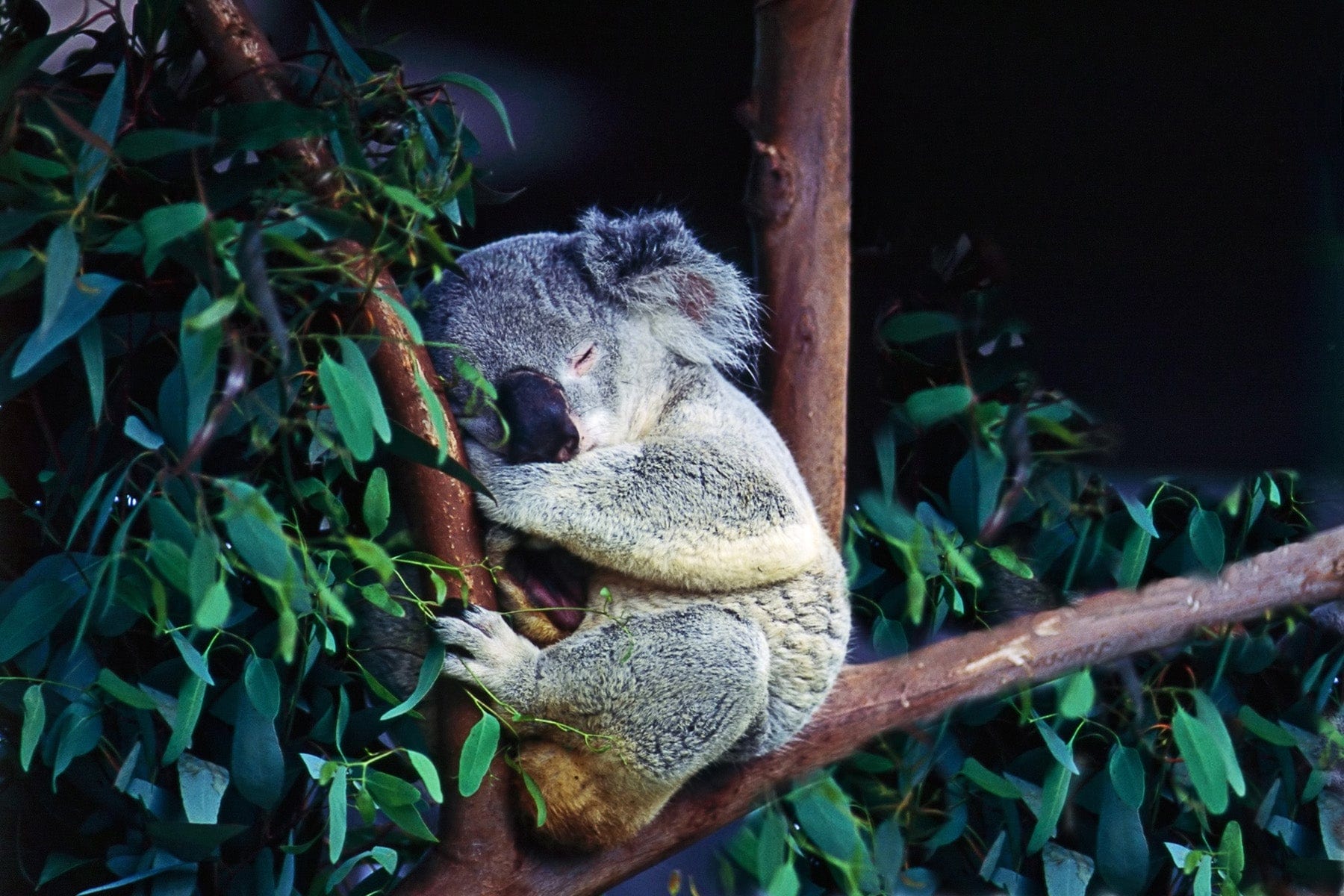
11. Koalas Are Totally Unique
A common misconception is that they’re bears, but that’s actually not true: their closest relative is the wombat — many, many times removed. As the only living members of their family, phascolarctidae, they’re unlike anything else on planet earth today.
After reading this list, we hope you’ll agree that there’s more to koalas than meets the eye — and that they should be protected. Want to help us to protect these amazing creatures? Support reforestation in areas like Australia!
Get news, updates, & event Info delivered right to your inbox:
Related Posts
9 Sustainable New Years Resolutions
18/12/2025 by Meaghan Weeden
Inspirational Quotes About Trees
16/12/2025 by Meaghan Weeden
The 9 Oldest, Tallest, and Biggest Trees in the World
11/12/2025 by One Tree Planted
Popular On One Tree Planted
Inspirational Quotes About Trees
16/12/2025 by Meaghan Weeden
The 9 Oldest, Tallest, and Biggest Trees in the World
11/12/2025 by One Tree Planted
What Causes Deforestation?
10/07/2025 by Meaghan Weeden
Fundraising Disclosures

Be Part of the
Restoration Movement
The Grove is more than just a monthly giving program: it's a vibrant community of individuals who are dedicated to reforestation and environmental restoration on a global scale.
As a member of The Grove, you affirm your commitment to restoring forests, nurturing biodiversity, and fostering positive global change.



